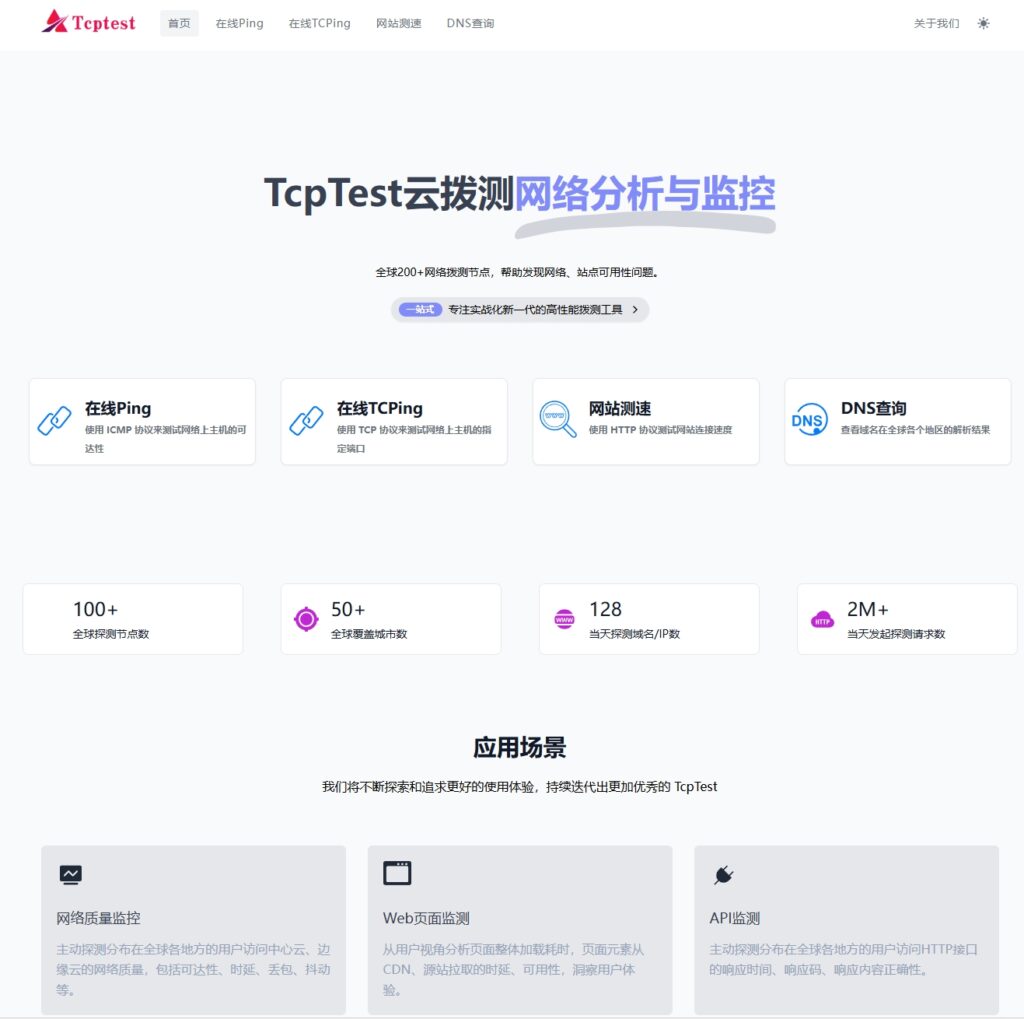在数据可视化领域,d3.js凭借其强大的灵活性被广泛应用于交互式图表开发,当处理密集时间序列或多分类数据时,折叠x轴功能能有效改善视觉拥挤问题,本文将通过技术实现原理、代码示例和最佳实践三个维度,详细解析如何在d3.js中创建智能折叠的x轴系统。
 const scaleCollapsed = d3.scaleTime().range([0, width]);
const scaleCollapsed = d3.scaleTime().range([0, width]);
const scaleExpanded = d3.scaleTime().range([-expandRange, width + expandRange]);
通过创建两套比例尺系统,实现正常显示与扩展显示状态的无缝切换
DOM元素层级管理
采用<g>分组元素嵌套结构:
<g class="axis-container"> <g class="main-axis"></g> <g class="sub-axis" display="none"></g> </g>
过渡动画引擎
 axisGroup.transition()
axisGroup.transition()
.duration(300)
.attr("transform", `translate(${offset},0)`)
.style("opacity", 1);
分步实现教程
步骤1:构建基础坐标系
const svg = d3.select("#chart").append("svg")
.attr("width", 800)
.attr("height", 500);
const xScale = d3.scaleBand()
.domain(data.map(d => d.category))
.range([50, 750])
.padding(0.2);
步骤2:创建折叠触发器
const toggleButton = svg.append("foreignObject")
.attr("x", 700)
.attr("y", 20)
.html(`<button class="toggle-axis">展开详情</button>`);
toggleButton.select("button")
.on("click", function() {
const isExpanded = d3.select(this).classed("expanded");
handleAxisToggle(!isExpanded);
});
步骤3:实现折叠动画
function handleAxisToggle(expandState) {
const targetScale = expandState ? scaleExpanded : scaleCollapsed;
d3.select(".x-axis")
.transition()
.duration(500)
.call(d3.axisBottom(targetScale));
d3.selectAll(".tick text")
.style("font-weight", expandState ? "normal" : "600")
.attr("dy", expandState ? "0.5em" : "0");
}
性能优化策略
-
WebGL混合渲染
对超过500个数据点的场景,建议:const canvas = d3.select("#chart").append("canvas"); const ctx = canvas.node().getContext("webgl"); -
虚拟滚动技术
const virtualScroller = d3.virtualScroll() .on("scroll", updateVisibleTicks); -
缓存渲染策略
const cachedAxis = svg.append("g") .attr("class", "cached-axis") .style("display", "none");
典型应用场景
-
金融时间序列分析
- 日K线图的周/月视图切换
- 高频交易数据的分时展示
-
生物信息可视化
 const interpolator = d3.interpolateZoom(
const interpolator = d3.interpolateZoom(
[viewX, viewY, viewWidth],
[newX, newY, newWidth]
);参考资料:
- d3官方文档 – 坐标轴变换
- W3C可视化可访问性标准
- IEEE VIS会议论文 – 大数据渲染优化

 九八云安全
九八云安全












